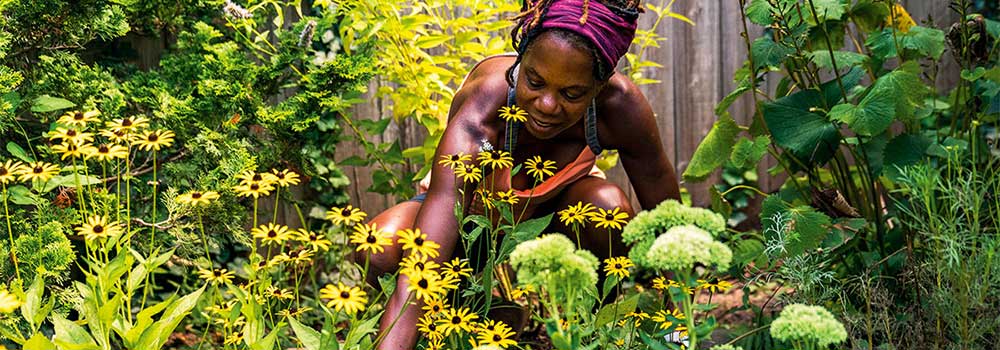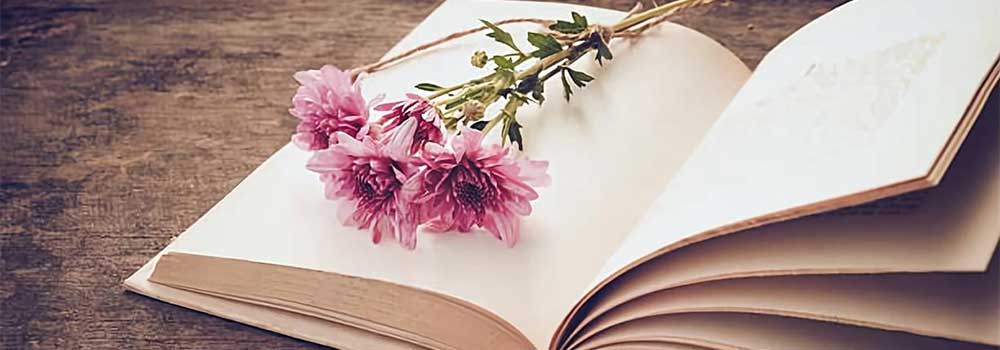Blooms aren’t just pretty; they’re catalysts for emotional well-being. Across cultures, flowers weave an intricate tapestry of positive emotions. In this exploration, delve into the healing power of flowers on mental health.
From colors and fragrances to gardening and cultural symbolism, witness how blooms impact the human psyche. The power lies in their simplicity, effortlessly resonating with our emotions.
Join this journey through science, history, and personal experiences. We’ll discover the profound influence flowers have on our mental and emotional landscape. So, continue reading before you look for flowers that represent anxiety and depression.
Nature’s Symphony: The Therapeutic Influence Of Colors And Fragrances
Colors paint emotions; flowers, the vibrant canvas of our well-being. Petals whisper messages through their vivid palette. Reds ignite passion, blues calm the storm—nature’s emotional language.
This chromatic symphony captivates our senses, steering mood and perception. Engage with the blossoming hues—reds for passion, yellows for warmth. This emotional choreography is nature’s therapy.
Dive into this sensory experience, where every petal carries a psychological melody. The therapeutic potential extends beyond visuals to fragrances. Aromatherapy, an age-old practice, finds its essence in floral scents.
Lavender calms, jasmine uplifts—an olfactory dance with emotions. The power lies in simplicity. Fragrances, like colors, hold the key to our emotional equilibrium. They become the fragrant notes of a melody, a sensory experience that resonates within.
Gardening As Meditation: Cultivating Mindfulness Through Flowers

Gardening is more than cultivation; it’s a mindful journey. Each planting, a meditative act connecting us to the earth. Feel the soil, witness the seeds—gardening unfolds as a calming rhythm. The act of nurturing, a mindful dialogue with nature, cultivates tranquility.
The rhythmic cycle of sowing, tending, and reaping—gardening as a serene meditation. It’s an immersive experience, a dance with seasons, grounding us in the present.
As hands meet soil, stress dissipates, replaced by a meditative calm. This tactile connection, a form of meditation, transforms the garden into a sanctuary. Seasonal transitions become mindful reflections. Planting, an act of renewal; harvesting, a celebration of life’s cycles.
Engage with the rhythms, where nature dictates the cadence of serenity. In this symbiotic dance, gardening offers solace and mindfulness. It’s not about the end result; it’s the meditative journey.
Expressing Emotions: Flowers As Symbols Of Hope And Positivity

History whispers through petals—flowers, symbols of profound emotions. Ancient civilizations used blooms to communicate, a tradition echoing through centuries. Roses for love, lilies for purity—symbols woven into the fabric of human expression.
This rich symbolism elevates flowers beyond aesthetics to messengers of sentiments. Gifted bouquets, personalized whispers of emotions. A language beyond words, a universal expression of support and care.
Gifting blooms transcends cultures, a timeless tradition embodying hope. In these bouquets, emotions find a tangible form, a gesture that speaks volumes.
The language of flowers is universal. It speaks joy at weddings, sympathy at funerals—a shared emotional dialect. Personalized bouquets become potent messengers.
Each petal chosen with intent conveys emotions effortlessly. In these floral exchanges, a silent understanding emerges—a connection transcending words, a shared emotional language.
The Science Behind Flower Power: Research And Studies
Unlocking nature’s secrets: scientific studies affirm flowers’ mental health impact. Research delves into the neurological responses triggered by vibrant blooms. Studies reveal tangible connections between floral environments and heightened well-being.
Scientific scrutiny validates floral influence. Exposure to flowers induces positive emotions, influencing neural pathways. Our brains, captivated by floral beauty, release feel-good neurotransmitters. Neurologically, flowers become catalysts for emotional well-being.
Researchers explore what flower represents mental health for the tangible effects of flower-rich environments. Studies establish a direct correlation between floral presence and improved mental states. The scientific underpinning guarantees flowers’ significant role in enhancing our emotional and mental landscapes.
Conclusion
Cultures globally intertwine flowers with rituals, recognizing their therapeutic influence. Cross-cultural practices underscore the universal appeal of flower therapy. From Asian tea ceremonies to Western wedding bouquets, blooms play a vital role.
Floral symbolism extends beyond borders. Diverse traditions universally embrace flowers as symbols of renewal and hope. Flowers are integral to religious ceremonies, connecting cultures through shared symbolism.
This shared understanding transcends language and cultural differences, emphasizing the universal appeal of flower therapy. Flowers are cultural messengers. They symbolize joy, sorrow, and healing across diverse traditions.

